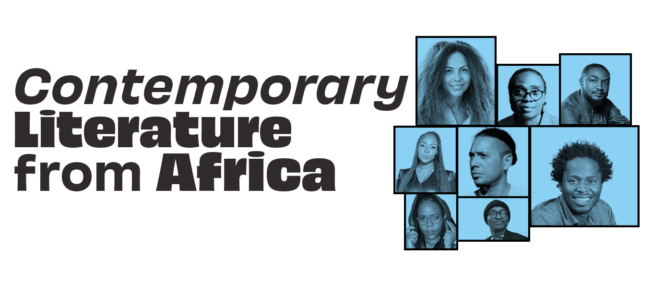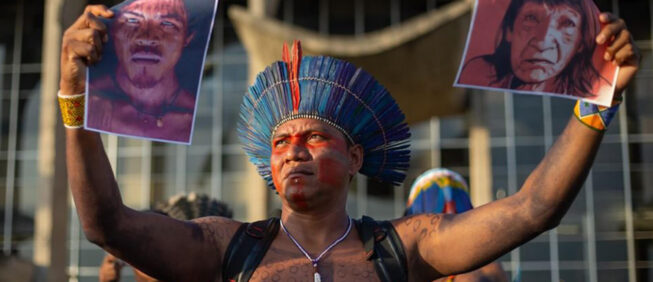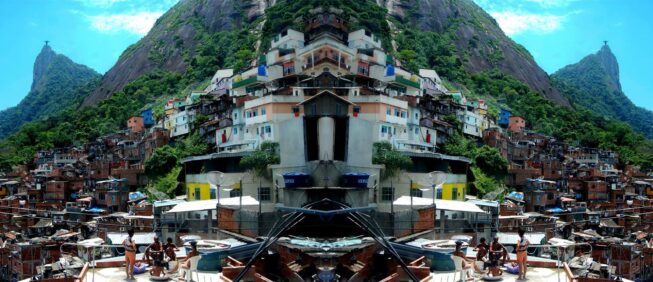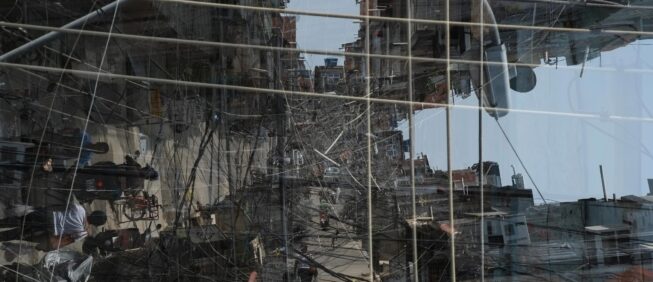Migrants’ time of joy, rest and celebration
The Nepali community during ‘Hari Raya Aidilfitri’ (Eid) in Kuala Lumpur
Sheril A. Bustaman
| Malásia |
September, 2023

Hari Raya Aidilfitri or Eid is one of the biggest national holidays in Muslim-majority Malaysia, a country in South East Asia that is home to many migrant workers. Nepali migrants make up a significant proportion of this workforce, with around 500,000 Nepali workers residing in Malaysia in data from 2019. Working predominantly in the manufacturing, services, agriculture, plantation and construction sectors, migrant workers are often subjected to long working hours with little to no rest, even during times of national celebration.
Some migrant workers do not mind the lack of holiday, as work during a Malaysian public holiday means overtime rates which can add up to double the usual amount of pay. Most Nepalis are not Muslim, so the celebration of Eid is not of particular importance to them and is, in that sense, “just another day”. However, most businesses in Malaysia shut down for the festivities, giving many migrant workers a lengthy reprieve from their daily routines to make way for some joy, rest and celebration.

38-year old Mahesh has been in Malaysia for 8 years, working in a factory as a line operator. His employer gives the workers a one or two day holiday on most Malaysian public holidays. However, for Hari Raya Aidilfitri, the company is closed for a total of five days, giving Mahesh an extended break. He usually spends it with his friends - either participating in or watching sport. On big public holidays when everyone has the day off, the male members of the migrant community come together to play volleyball, their preferred sport. Mahesh explains that there are teams consisting of people from different Nepali districts that play in a volleyball league for a four-figure cash prize that is sponsored by a local Nepali restaurant. Noticeably, the crowd consists predominantly of Nepali men, with only a smattering of women to be found, usually carrying shopping bags after a day out with other female migrants. After being here for several years, Mahesh observes that the celebrations of Hari Raya Aidilfitri are very similar to the Hindu celebration of Dashain in Nepal. “It’s wonderful to see people meeting each other and celebrating this holiday together.”
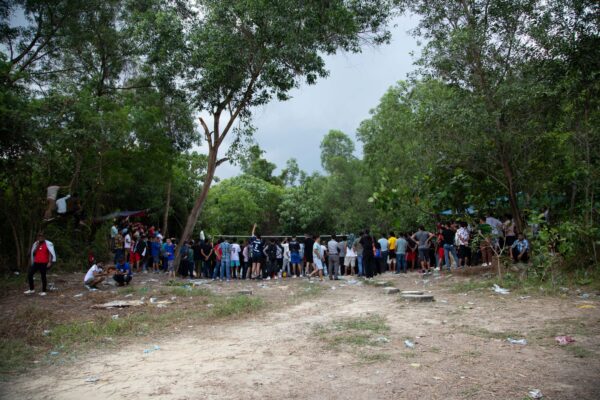
Whilst many migrants and locals find time for rest and celebration during Hari Raya Aidilfitri, for others it is a day of opportunity. 29-year old Pramila Tamang runs a shop in the heart of Kuala Lumpur. She very rarely takes a day off from her business of selling textiles, bags, blankets and even electronics, but when she does, she enjoys travelling. “In Malaysia, I like going to the Cameron Highlands, but I also like just going out and roaming the city with my friends.” Pramila’s dedication to her business during the public holidays is due to a boom in customers during the festive seasons. “There are customers who come from all over, not just Kuala Lumpur. Some travel here from Penang and Melaka.” Families also take advantage of the public holiday to bring their children out and meet relatives in the city, which leads to an uptick in customers for Pramila’s store. Having lived in Malaysia for 8 years, Pramila has gone to her friends’ house for Hari Raya celebrations, but does not find it to be as exciting as the celebrations that she personally celebrates such as Dashain, Tihar (the Nepali version of Diwali or Deepavali) and Christmas.
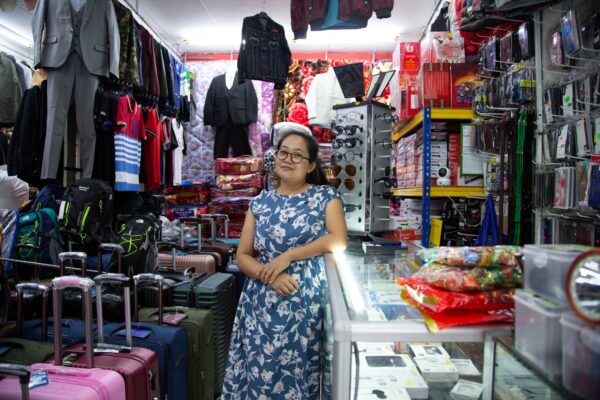
It is clear that Hari Raya Aidilfitri has different meanings for different sets of Nepali migrant workers. While some find comradery and community on the day of rest, others view it as an economic opportunity and forgo rest and celebration for profit. This spectrum of activities, from placemaking and community bonding to entrepreneurship and profit-making so far away from home is yet another testament to the strength and endurance of migrant workers in Malaysia.
This article was written as part of the project ‘Migrants’ time of joy, rest and celebration: exploring Nepali everyday lives in Kuala Lumpur through intersectionality’ supported by the University of Manchester School of Environment, Education and Development (SEED) Impact Fund.

Sheril A. Bustaman | MALAYSIA |
Writer and producer based in Kuala Lumpur, Malaysia. She is currently the Project Manager for the Malaysian chapter of the Nepal-Malaysia corridor under MIDEQ.
